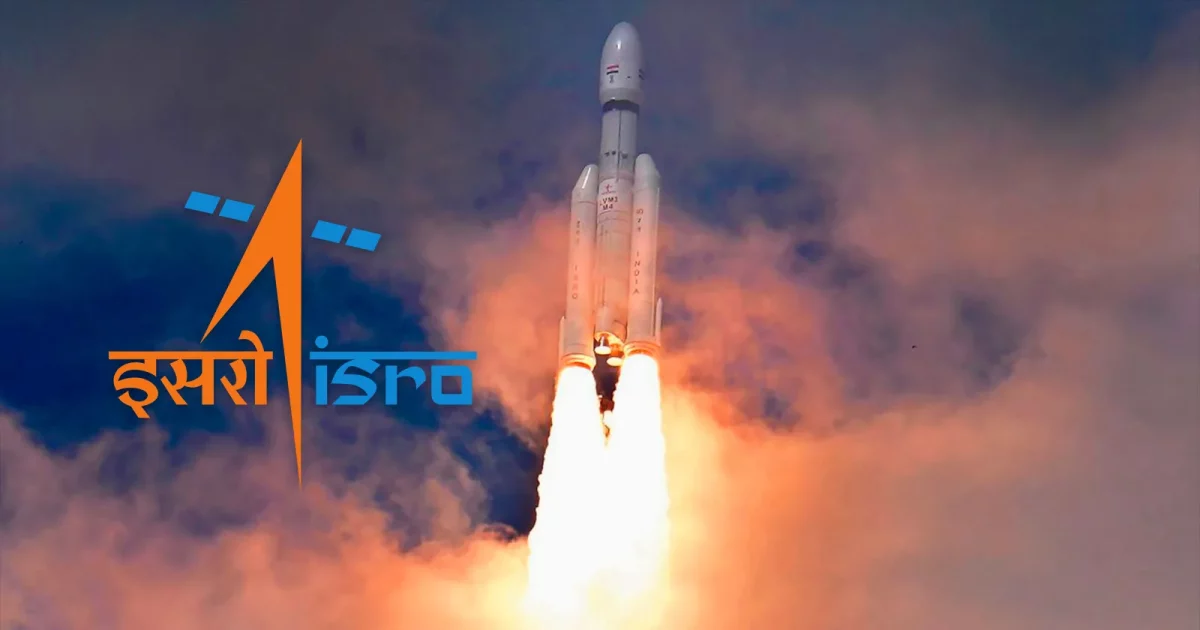
India’s space program reached new heights on Friday with the flawless liftoff of a massive rocket carrying an unmanned spacecraft destined for the unexplored dark side of the moon. Amidst elation, scientists from the Indian Space Research Organization (ISRO) celebrated the “textbook launch” as the LVM3-M4 heavy-lift rocket effortlessly propelled the Chandrayaan-3 spacecraft, along with its lunar lander and small rover, from the Satish Dhawan Space Centre in Sriharikota, southern India, at 2:35 p.m. local time.
Chandrayaan-3 marks India’s third lunar exploration mission, with scientists eagerly anticipating a soft landing near the moon’s enigmatic south pole in the upcoming months.
This venture follows India’s previous attempt in 2019 with Chandrayaan-2, which unfortunately experienced a heartbreaking crash landing. However, the orbiter from that mission remains in lunar orbit, providing valuable data on the moon’s atmosphere. Chandrayaan-3 will leverage this information to enhance its current mission.
The spacecraft is anticipated to reach the moon after a 40-day journey, with the landing scheduled for August 23. If successful, India will join an exclusive group of countries—comprising the United States, Russia, and China—that have triumphantly achieved moon landings.
Upon a safe landing, the rover will embark on a scientific expedition, exploring the moon’s surface for one lunar day, equivalent to approximately 14 Earth days. During this time, it will collect vital data on the composition of our nearest celestial neighbor.
Indian Prime Minister Narendra Modi took to Twitter to commemorate the occasion, stating, “Chandrayaan-3 scripts a new chapter in India’s space odyssey. It soars high, elevating the dreams and ambitions of every Indian. This momentous achievement is a testament to our scientists’ relentless dedication. I salute their spirit and ingenuity!”
India’s inaugural lunar mission, conducted 13 years ago, proved to be a resounding success. Scientists confirmed the presence of water molecules around the moon’s south pole—an astounding discovery that captivated the global scientific community and fostered hopes for sustaining human life on the moon in the future.
These lunar missions showcase India’s burgeoning expertise in space exploration, solidifying its position as a formidable player in the field. Sreedhara Panicker Somanath, the chief of ISRO, revealed that lessons learned from the previous crash were meticulously studied, enabling improvements to the current lander.
Weighing a total of approximately 4.3 tons, Chandrayaan-3 consists of the Vikram lander, weighing around 3,300 pounds, and the Pragyaan rover, which weighs less than 60 pounds.
Somanath explained, “The rover is equipped with five instruments designed to investigate the physical characteristics of the moon’s surface, study the atmosphere in close proximity, and examine tectonic activity beneath the surface. I am hopeful that we will make groundbreaking discoveries.”
ISRO emphasized that the lander and rover are equipped with advanced sensors and instruments to conduct experiments, collect data on the chemical composition of lunar soil, measure seismic activity, and analyze the thermal properties of the lunar surface near the south pole.
Millions of Indians eagerly watched the spectacular rocket launch live on TV and social media platforms, describing it as a “moment of pride, glory, and joy.” Many confessed to experiencing “goosebumps” while witnessing the rocket ascend to the skies.
India’s Chandrayaan-3 ushers in a new era of lunar exploration, fueling aspirations and propelling the nation’s ambitions to greater heights. With its indomitable spirit and unwavering dedication, India paves the way for a future intertwined with space exploration and scientific discoveries.



